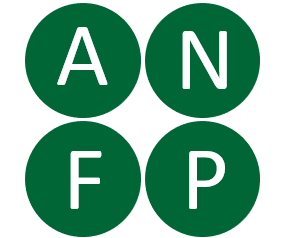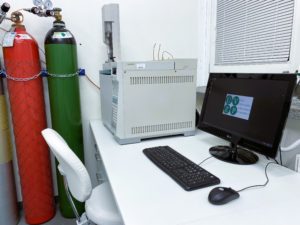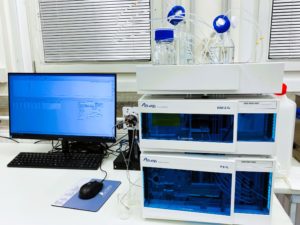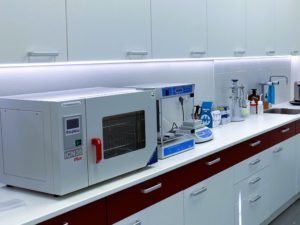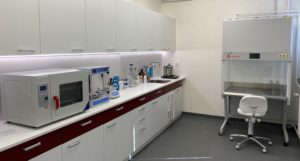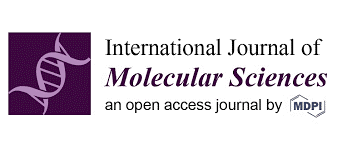Theranostic Approach for the Protein Corona of Polysaccharide Nanoparticles
by Sylvie Skalickova, Pavel Horky, Veronika Mlejnkova, Jiri Skladanka, Bozena Hosnedlova, Branislav Ruttkay-Nedecky, Carlos Fernandez, Rene Kizek

Abstract
Polysaccharide nanoparticles are promising materials in the wide range of disciplines such as medicine, nutrition, food production, agriculture, material science and others. They excel not only in their non-toxicity and biodegradability but also in their easy preparation. As well as inorganic particles, a protein corona (PC) around polysaccharide nanoparticles is formed in biofluids. Moreover, it has been considered that the overall response of the organism to nanoparticles presence depends on the PC. This review summarises scientific publications about the structural chemistry of polysaccharide nanoparticles and their impact on theranostic applications. Three strategies of implementation of the PC in theranostics have been discussed: I) Utilisation of the PC in therapy; II) How the composition of the PC is analysed for specific disease markers; III) How the formed PC can interact with the immune system and enhances the immunomodulation or immunoelimination. Thus, the findings from this review can contribute to improve the design of drug delivery systems. However, it is still necessary to elucidate the mechanisms of nano-bio interactions and discover new connections in nanoscale research.
